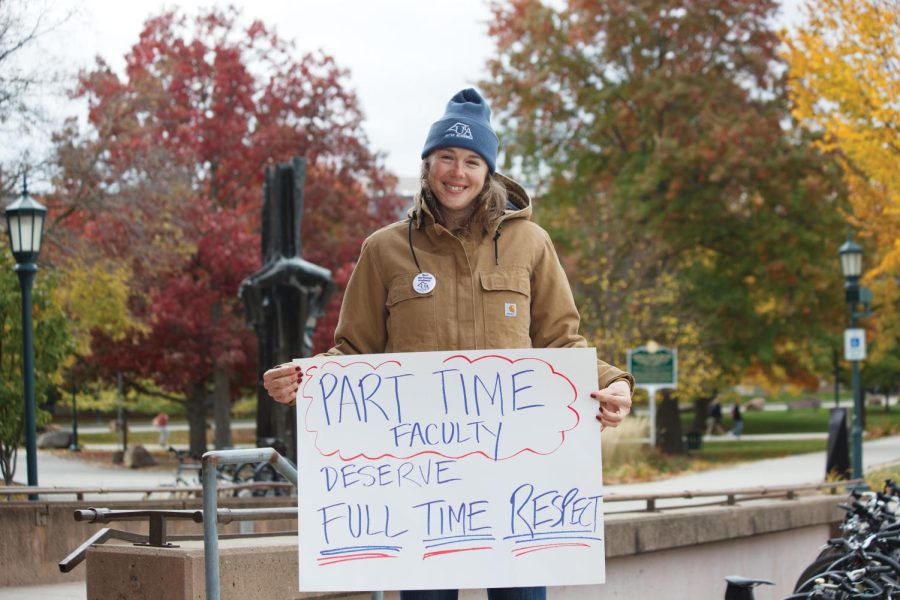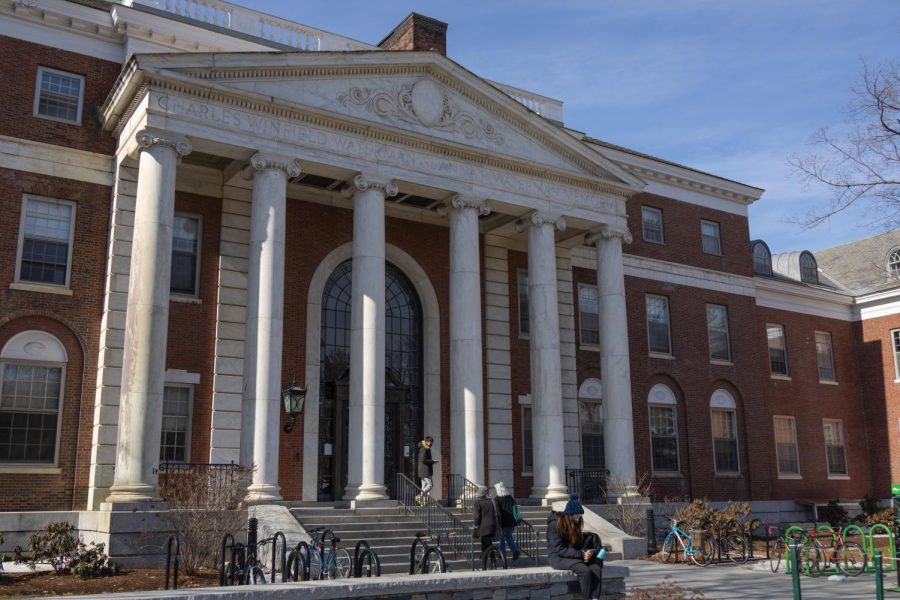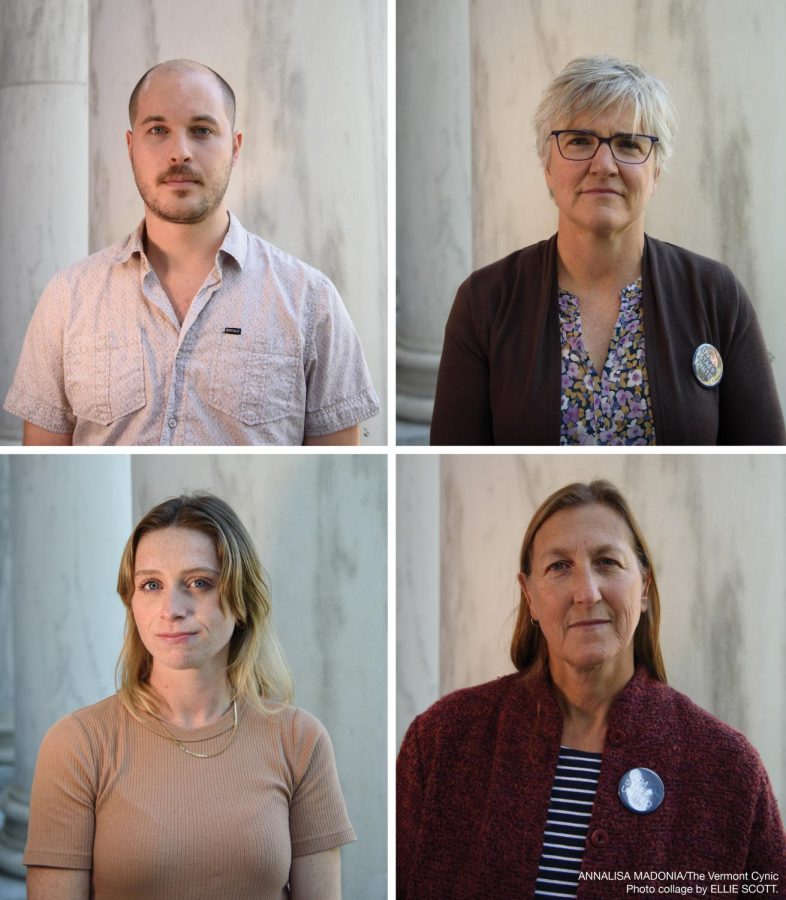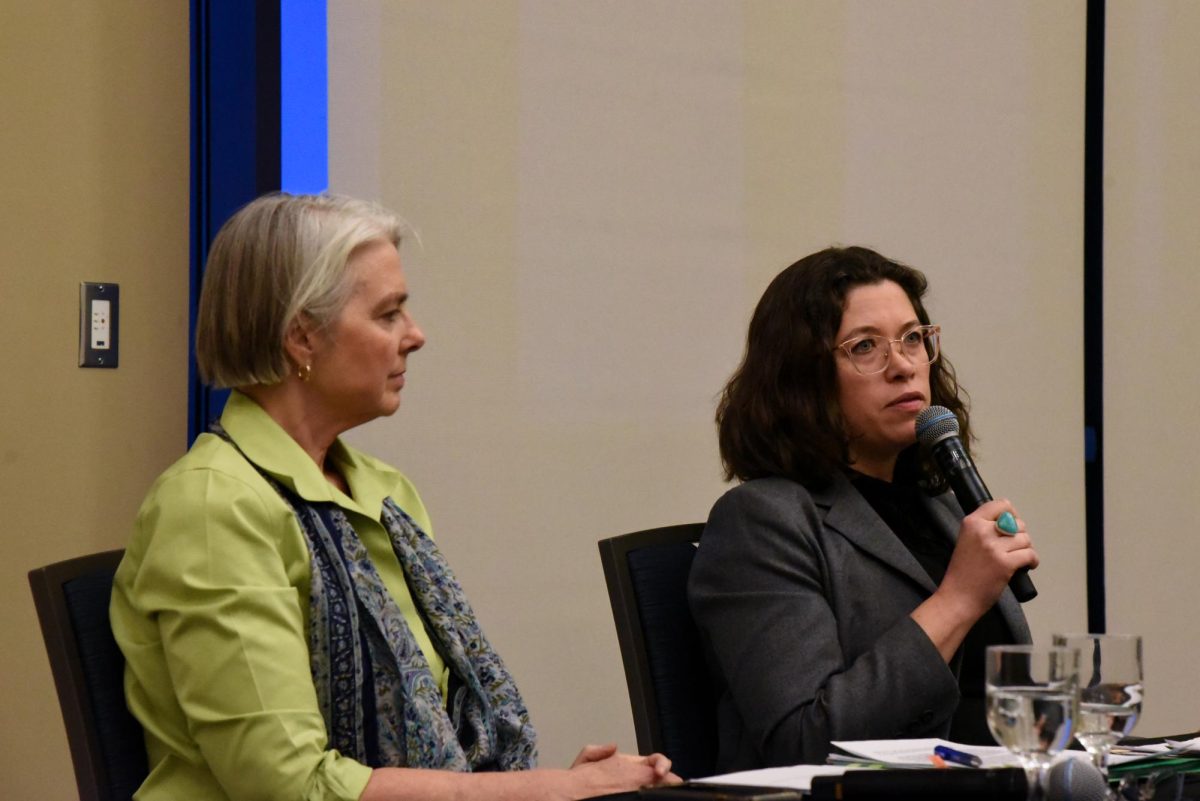A new study by UVM has found sources of methane emissions that have not been accounted for.
In a study funded by the National Science Foundation, the leaking of this greenhouse gas into the atmosphere from abandoned oil and gas wells near fracking sites contribute to methane escape not currently being measured
Hydraulic fracturing, or fracking, is a popular extraction process in which water and chemicals are pumped underground to break apart rock and gas.
Environmental engineering professor George Pinder, a current member of the National Academy of Engineering, published the piece in the journal Water Resources Research.

“The study was on calculating the probability that existing wells drilled for oil and gas extraction in New York State were encountered by hydraulic fracture,” said James Montague, a UVM doctoral student of environmental engineering, who co- wrote the article with Pinder.
“When you put in a new hydraulic fracturing site, you drill horizontal well bores, which increases the permeability of the rock around it,” Montague said. “And if those fractured regions encounter an existing well-bore, there’s some probability that natural gas, specifically methane, will migrate up to the surface.”
Up until now, none of the gas being released from the wells has been measured.
Another study from Princeton University looked at existing wells in Pennsylvania and calculated the volume of methane being emitted. They scaled the emissions to be around 4-7 percent of the total methane emissions in Pennsylvania.
There are also concerns beyond the greenhouse gases that come from the release of methane.
“There may be a probability the methane can get into aquifers, and we’ve seen in some cases where the methane can get into the drinking water and people can light their water on fire,” Montague said.
Montague also highlighted the dangers of methane becoming trapped under buildings.
“You also have the risk of methane becoming trapped under buildings, and then you have a pocket of explosive gas,” Montague said.
He admits both of these are less likely to occur than gas leaking into the atmosphere, however they are still potential risks.

















